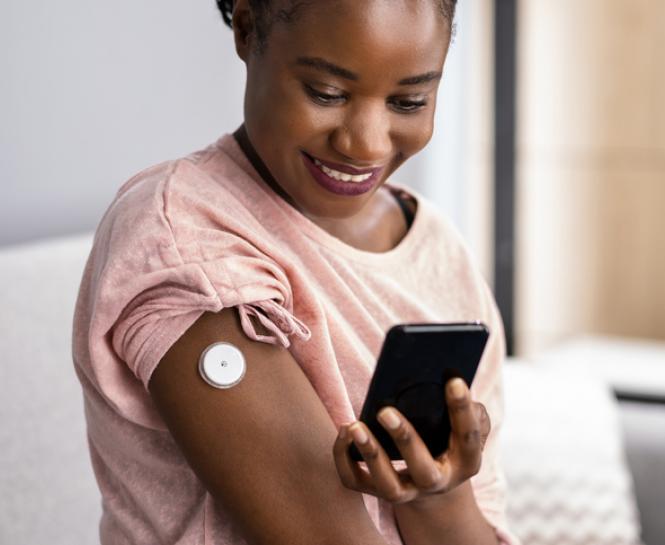How does exercise affect my diabetes?
A consistent exercise routine will help you manage your diabetes and improve your overall health. Moving your muscles and joints increases flexibility and strength. Walking, running or any other aerobic exercise builds heart and lung strength. Combining a fitness plan and healthy eating can help you lose weight and reduce stress on your hips, knees and feet.
For people with diabetes, an additional significant advantage is how exercise impacts blood sugar. When exercising, muscles absorb glucose more efficiently—added absorption helps the body use any available insulin to process other glucose. The result is lower blood sugar and better overall health.
By helping you process glucose, regular exercise can also lower your A1C number over time. Your A1C number reflects your average blood sugar level over the past three months. A lower A1C means fewer high or low blood sugar episodes and better control of your diabetes.
Exercise also benefits your whole body, including:
- Decreased weight
- Higher good cholesterol
- Lower bad cholesterol
- Less stress
- Lower blood pressure
- Lower risk of heart disease
How can I stay safe when exercising?
Check your blood sugar before, during and after exercise to avoid dizziness or falling. Speak to your doctor or diabetes care and education specialist about the best glucose range for you and your exercise routine.
What kind of exercise can I do with diabetes?
Activities generally fall into two categories: moderate intensity and vigorous intensity.
Moderate-intensity exercises include:
- Dancing
- Gardening
- Swimming
- Walking
Vigorous-intensity exercises include:
- Hiking
- Running
- Singles tennis
- Weight training
Moderate exercise can ease you into a low-impact workout program. Vigorous exercise requires more effort and generally burns more calories. Both levels of activity improve your health and can positively impact your diabetes.
Consult your doctor before starting a new exercise routine.
How frequently should I exercise?
The American Diabetes Association (ADA) recommends moderate physical activity for 150 minutes per week or as little as 30 minutes daily. Alternate exercises that work different body parts give your muscles a break to recover.
If you are new to an exercise program, you can start slowly and gradually build up to longer workouts. You may have more success if you invite a friend or family member to join you. It keeps you accountable and makes the time more enjoyable.
After exercising, many people experience mild muscle pain while their body recovers. But if you experience sudden pain while exercising or think you have an injury, stop immediately and rest.
Most importantly, remember to hydrate! Take plenty of water breaks to prevent dehydration and blood sugar spikes. Avoid sports or energy drinks, which have a lot of carbohydrates and sugar. Include quick snacks and glucose tablets in your diabetes kit, and remember to test your blood glucose levels.
Find Care at Catholic Health
Call 866-MY-LI-DOC (866-695-4362) to find a Catholic Health physician near you. Diabetes Education Centers at Catholic Health hospitals and locations across Long Island offer personalized care for managing diabetes. Call 855-908-8989 to find a location near you. View our diabetes services.






